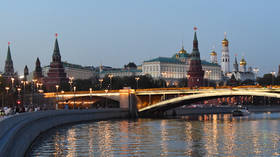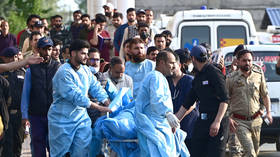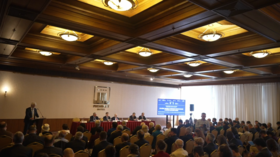‘Space yogurt’ experiment takes off
Vials of ‘good’ bacteria cultured by Australian high-school students have been launched into space as part of an experiment to create nutrient-rich yogurt and study the effects of microgravity on the dairy-based microbes.
A total of 36 samples – containing frozen milk and various strains of yogurt-producing bacteria – were sent to the International Space Station (ISS) on a SpaceX rocket on Tuesday. The astronauts on board the ISS will defrost the cultures that could help future space explorers brew their own products.
The experiment will feature specimens cultured by some 40 students across Victoria who participated in a space innovation challenge held by Swinburne University. The program’s coordinator, Sara Webb, told The Guardian that previous experiments aboard the ISS had shown how bacteria’s behavior was altered by the lower gravity.
Examples of such changes include fewer mutations in bacterial DNA and faster replication, Webb said, adding that the “actual strains of bacteria [might] fare better [in space] than on Earth.” She said the hope was that space-produced yogurt was as nutritious as dairy products on our home planet.
We’re hoping to be able to say: Yes, not only is yogurt viable in space – so technically you could send Joe Blow to Mars with some frozen bacteria and a pint of milk and he could make his own yogurt – but it would be healthy.
One team of students has sent 20 vials to study whether different types of milk – like full-cream dairy or soy-based varieties, for instance – factor into the kind of yogurt produced. The remaining 16 samples contain various combinations of milk and either one or multiple bacterial strains.
The experiment will account for how long the milk has been fermented, ranging from one to three days. The temperature inside the ISS, typically around 23 degrees Celsius, will also be a variable since yogurt is usually cultured at around 37 degrees Celsius or higher.
When the samples return in about six weeks’ time, the students will analyze the viscosity, nutrient profile, and lactic acid content of the resulting yogurts against a control batch brewed on Earth.
While noting that the experiment was “exhilarating,” Aysel Sapukotana, one the participating students, told The Guardian that it would “[cause] a bit of an issue” if the astronauts “were to eat this and they didn’t have enough proteins and nutrients.”














